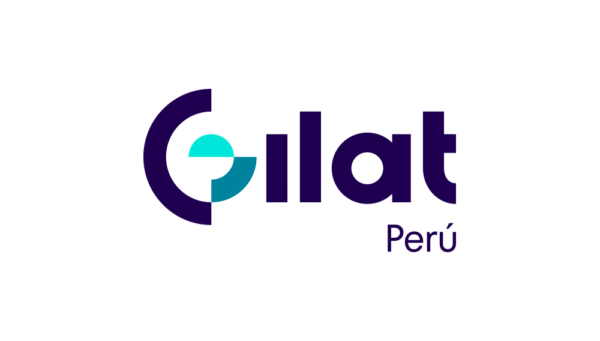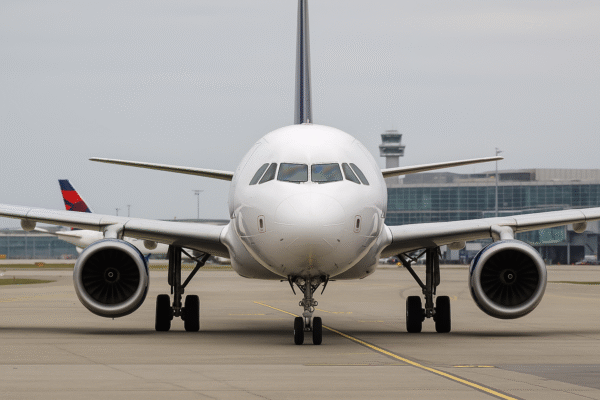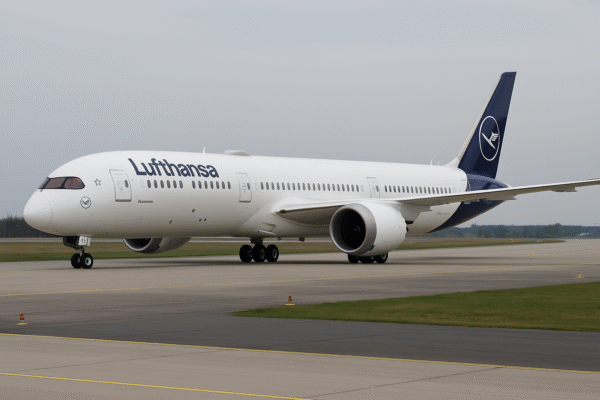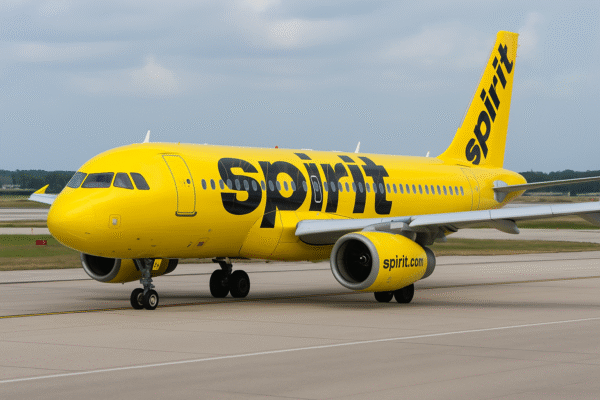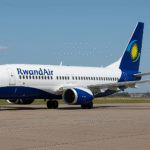As the heart of the American travel landscape continues its transformation, one of the nation’s most recognizable ultra‑low‑cost carriers, Spirit Airlines, is embarking on a bold restructuring initiative to reinforce its role in making travel accessible. In late August 2025, Spirit voluntarily filed for Chapter 11 bankruptcy protection—marking the second time in under a year the airline has taken such a path. This strategic decision is aimed at securing a more sustainable and resilient future for budget-minded travelers across the U.S. and beyond.
Despite emerging from a previous reorganization in March 2025, during which Spirit converted a hefty chunk of its debt into equity, mounting financial pressures—including more than $2 billion in lingering obligations and persistently high lease costs—necessitated further action. With travel demand still recovering and competition from legacy carriers intensifying, Spirit’s leadership determined that a comprehensive transformation was essential to reposition the airline for long-term health and value.
Continuous Service for Travelers
Reassuring passengers, Spirit emphasized that day-to-day operations will continue uninterrupted during the restructuring. Flights, ticket sales, loyalty rewards, and customer service remain fully operational, and employees will continue to receive wages and benefits. This ensures that vacation plans, business travel, and leisure trips across the U.S., Caribbean, and Latin America remain unaffected during the reorganization.
Redesigned Network Strategy
Spirit’s transformation plan highlights a laser-focused realignment of its network. The airline intends to scale back from underperforming routes and concentrate its resources on high-demand corridors—especially key hubs such as Fort Lauderdale, Orlando, and Detroit. By increasing frequencies and reinforcing connections in these core markets, travelers can expect more reliable schedules, improved connectivity, and a renewed focus on routes that matter most.
Fleet Optimization and Cost Savings
A cornerstone of the restructuring is fleet downsizing to better match capacity with market demand. By reducing the number of aircraft, Spirit anticipates saving hundreds of millions in annual operating expenses, particularly in lease and maintenance costs. This leaner structure should pave the way for enhanced operational efficiency and reliability—key components for a seamless travel experience.
Diversified Travel Options
Despite its reputation as an ultra-budget carrier, Spirit is expanding its travel offerings to appeal to a wider segment of flyers. The revamped model will feature three distinct options: Spirit First, Premium Economy, and Value, giving customers flexibility to choose based on their budget and comfort preferences. This tiered approach aligns with evolving passenger expectations while maintaining the airline’s signature affordability.
Financial Realignment and Market Position
The latest Chapter 11 filing comes amid dire financial indicators: a net loss of approximately $246 million in Q2 2025, operating costs reaching 118% of revenue, and depleted credit lines. CEO Dave Davis and his team assert that the previous restructuring didn’t go far enough. The current move is intended to solidify Spirit’s financial base, whether it continues independently or pursues future partnerships.
What It Means for U.S. Travelers
1. More Reliable Budget Travel
Travelers should benefit from improved service reliability as Spirit focuses on its strongest markets. The refined route network and optimized aircraft utilization may reduce delays and cancellations, enhancing overall experience.
2. Continued Affordability
Spirit’s commitment to low fares remains steadfast even as it expands premium choices. Families, students, and cost-conscious travelers can expect continued access to competitive fares, particularly within the U.S. and nearby regions.
3. Potential Industry Ripple Effects
Should Spirit stabilize and eventually scale back up, the added market discipline it provides may temper fare increases across the industry. Conversely, if it contracts significantly or fails to recover, other airlines may raise prices—a potential concern for fare-conscious travelers.
4. Smooth Transition
By maintaining operations throughout Chapter 11, Spirit ensures passengers won’t face disruptions such as canceled flights or nullified bookings, preserving confidence and continuity in travel plans.
Bottom Line
Spirit Airlines’ innovative Chapter 11 restructuring centers on strategic fleet reduction, network optimization, cost control, and tiered service offerings—all designed to preserve its status as a budget-friendly option for U.S. travelers. By this approach, Spirit seeks not only to survive but thrive—ensuring that affordable, flexible air travel remains within reach.
For more travel news like this, keep reading Global Travel Wire


